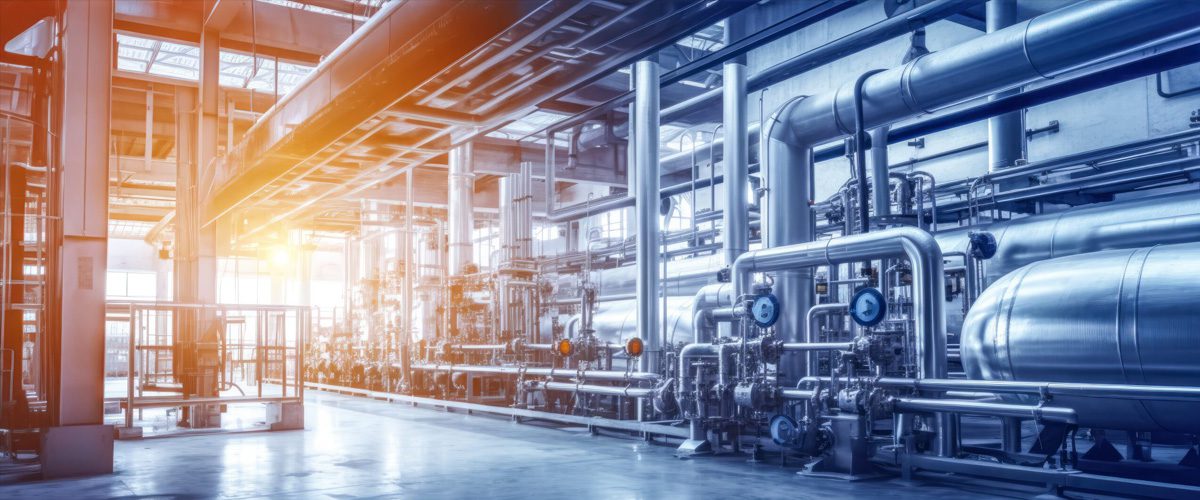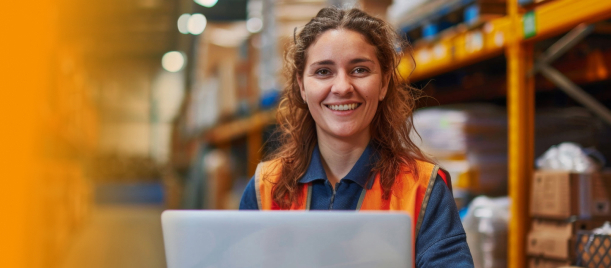The chemicals sector is a vast one, comprising a wide variety of chemicals of diverse compositions, uses, and characteristics. These chemicals can be used either for household, medical, or industrial purposes. Chemicals can have varying degrees of toxicity and different storage and packaging requirements.
Most chemicals form the inputs or raw materials for several other commonly used consumer and industrial products, resulting in many applications.
While the value of the global chemicals sector was estimated to be over $4.7 trillion in 2021, the importance of the sector lies not so much in its value as it does in its criticality to several other industries and sectors. Chemicals are an indispensable component in the manufacture or processing of a multitude of commonly used products.
Chemicals logistics market and international trade
As has been the case with most other industries, the chemicals sector, too, has seen the relocation of manufacturing capacity to countries in Asia. For certain classes of chemicals, though, given the considerable expertise and technical know-how required in their production, supply chains are also centered around Europe and North America. This makes it one of the few sectors whose production is not concentrated in one particular geographical region but is spread more equitably.
The leading chemical exporting countries, based on value, in 2021 were:
China – $106.2 billion
USA – $56.4 billion
Germany – $44.6 billion
Ireland – $38 billion
Belgium – $34 billion
South Korea – $31.3 billion
Switzerland – $30.5 billion
Netherlands – $27.9 billion
Japan – $27.7 billion
India – $23.6 billion
In the US, the chemicals sector manufactures over 70,000 products, which in turn are used in the manufacturing of over 96% of American goods.
As per US government data, chemicals and related products account for over 9% of US exports.
Considering that chemicals form crucial inputs for other sectors, and also given the nature of the chemical products, reliable supply chains are of paramount importance. Unique supply chain requirements range from temperature-controlled transport, secure storage facilities, high-quality packaging, and proper handling.
This has led to the evolution of dedicated supply chains designed to cater to the different classes of chemicals.
Market research agencies have valued the chemical logistics market at $253 billion in 2019 and it is expected to grow at a CAGR of 3.9%, to reach $322 billion by 2027.
Supply chain and logistical challenges faced by the Chemicals sector
Some of the key challenges involved in the chemicals supply chain are explained below:
1. Geographical spread and scale of supply chains, with numerous sourcing origins
With production centers and consuming markets dispersed globally, the geographical breadth of the chemicals industry is vast. Therefore, finding reliable and frequent transport connections connecting the origin and destination is sometimes difficult. In the absence of direct connections, exporters and importers have to rely on transshipment services or multimodal options, which add to costs, and time and are relatively less reliable (due to a more stretched supply chain and multiple handover points).
2. Time-sensitive
Some chemical products are time sensitive, either because of the limited product life or because of the need to deliver them in time for the production of the dependent product. In both situations, if delivery is delayed, it could mean financial losses or operational disruptions.
3. Maintain Temperature control at all times
A significant number of chemical products require temperature-controlled transport and storage solutions. Besides, given the sensitivity of the product, the temperature must be maintained at the intended levels throughout transit. This requirement is rendered more difficult due to extended supply chains.
4. Special precautions considering toxicity in terms of storage, packaging, handling, and labeling
While some chemicals are classified as hazardous or toxic and hence have specific handling guidelines, other chemicals, too, require special packaging, labeling, and handling. This is to ensure that the product does not harm workers handling it during transit or does not cause damage due to leakage or spillage.
5. Real-time visibility
Considering the above-mentioned challenges, it is obvious that real-time visibility of shipment status and cargo condition is vital to ensure a smoothly functioning supply chain and avoid damage to or arising from the commodity. Besides, pre-alerts regarding standard transportation milestones and timely notifications in case of contingencies can help exporters and importers handle the consignment better and take prompt remedial action, as warranted by the circumstances.
6. Environment and Sustainability
The harmful impact on the environment in case of spillage of chemicals during transport or storage is an area of concern. Considerable focus is therefore given to this aspect while planning end-to-end logistics. Besides the damage to the environment, companies are also exposed to the risks of loss of reputation and financial penalties.
What KlearNow can offer the Chemicals sector
1. Real-time visibility:
In partnership with project44, KlearNow’s platform enables real-time visibility of the status and condition of the cargo. Exporters and importers are, therefore, cognisant of the status of their consignment and well-positioned to take appropriate remedial measures in case of delays or mishaps.
This, in turn, helps minimize potential losses arising from damage to cargo or delayed deliveries.
2. Alerts on various milestones and automating the shipping process
KlearNow’s platform automates the logistics process, reducing the amount of manual effort required in capturing critical shipment data. This eliminates the probability of human mistakes and helps avoid risks arising from inadvertent errors.
The platform also provides alerts on various milestones in the shipping process, helping optimize the transport planning process.
3. Simplifying customs clearance and documentation
KlearNow’s AI-powered data ingestion platform reduces the complexity traditionally inherent to the customs clearance and documentation process. The platform can collate information across multiple sources and disparate formats, thus ensuring that customs documentary requirements are accurate and filed on time.
Conclusion
The chemicals supply chain is extremely complex and has specific challenges that exporters, importers, freight forwarders, and customs brokerages must deal with.
These challenges include geographically dispersed and interdependent supply chains, special transport, storage, and handling requirements, precautions mandated by the potentially hazardous nature of the cargo, complying with environmental regulations, and the need to monitor shipment status at all stages during transit.
Handling these challenges requires considerable expertise and knowledge to efficiently transport chemicals, without compromising on supply chain integrity.
While the traditional processes have been manual and relied extensively on human due diligence, the advent of supply chain software has helped optimize transport planning.
Solutions such as KlearNow’s sophisticated AI-powered platforms provide multiple functionalities designed to automate logistics workflows, ease customs clearance, and ensure complete and accurate documentary filings.
This helps manufacturers and importers of chemical products make the export process and customs formalities efficient, creating a competitive advantage and helping to deliver a superior customer experience.
For more information on how KlearNow can help your business, please click here.

